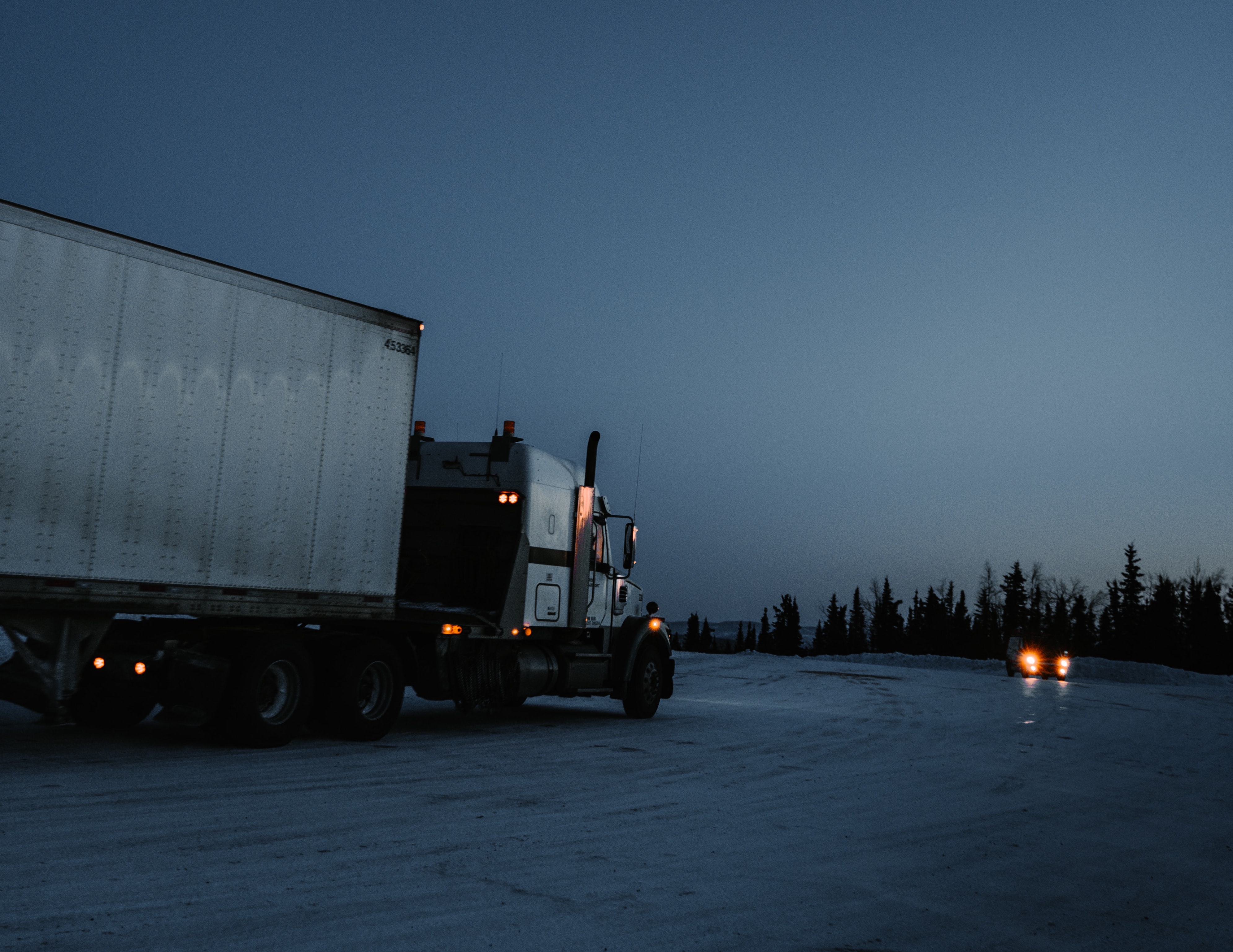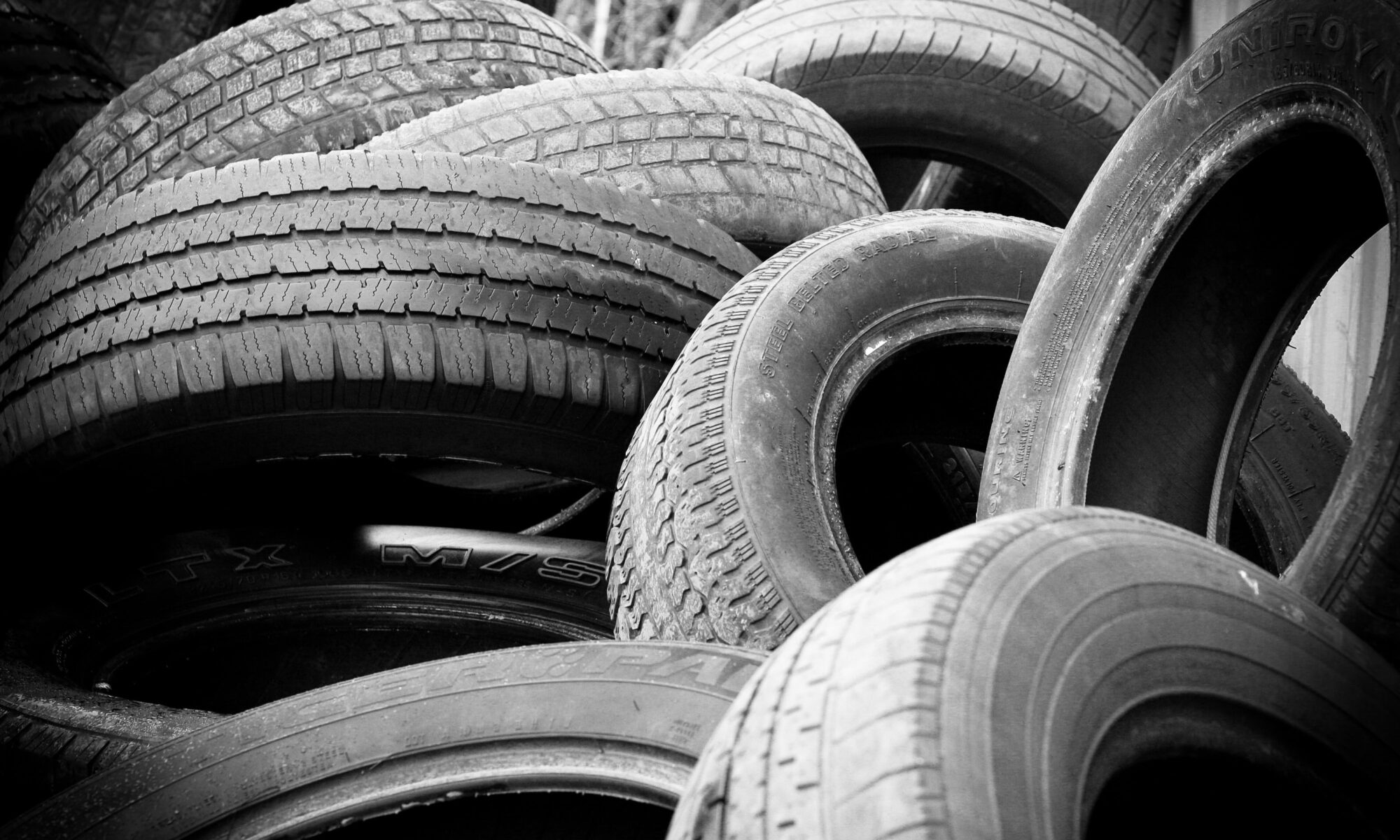Tyre depth is one of the most important parts of the tyre, that any driver should know about. Tyre depth is the measurement from the top of the tyre to the bottom of the tyre’s deepest level vertically. Tyre depth, also called tread depth, plays a vital role in the vehicle’s safety and performance.
Tyre tread is the raised rubber strips that we can see on the tyres’ surface, all of these shapes and patterns have a purpose. They offer grip and traction to the vehicle, and the tread will slowly wear over time. If the tyres are not changed after the tread wears out, it can become a serious safety issue.
Legal Requirements for Tyre Depth
When you first buy tyres, the tread depth is usually around 13 to 25 mm depending on the type of application. Each millimetre (1mm) of the tread lasts approx. 4000 to 9000 kilometres; the wear of the tyre highly depends on the road type, driving style, weather conditions and, of course of the quality of the tyre.
Legally in Australia, all of the tyres must have a minimum tread depth of 1.6mm. But with Truck and Bus tyres above the wear bar in the tread grooves across the whole footprint of the tyre. Anything below this limit is not considered roadworthy, and if you are driving a vehicle that does not meet this standard, you may have to pay a hefty fine.
Why Do You Need To Check Tyre Depth Regularly?
Most drivers don’t take tread depth as seriously as they should, which eventually leads to accidents or hefty fines. The most important reason why you should check your tyres regularly is because of your safety.
A good tread depth offers the added security and reduces the risk of slipping in wet conditions and tyre blowouts in hot conditions.
Tyres already have indicators to tell you the tread depth, but tyre depth gauges can be used for a more accurate measurement. You need to make sure you check your tyres at least once a month when the tyre is new and every week when you are getting closer to the minimum 1.6mm tread depth.

How to Minimise Tread Wear?
You cannot stop the tread wearing, it will happen naturally, but some actions can help you to minimise wear:
- Use tyres that are appropriate for the road and weather conditions that you regularly drive on.
- Maintain the correct tyre pressure – both under and over-inflation can have negative impacts on the tyres.
- Do not drive aggressively; if you take care of your vehicle, it will take care of you.
- Rotate your tyres regularly and invest in good-quality tyres.
Buying High-Quality Tyres in Australia
There are so many tyre manufacturers in Australia, and among them, Oceanic Direct is one of the leading tyres and wheel specialists that have been in the business for more than 30 years. They have a wide range of truck, trailer, and 4WD tyres from multiple popular brands like Windpower, Aeolus, Kumho, Hankook, Bridgestone, Pirelli, Michelin and Triangle.
They are also available to help you with customisation of wheels and rims to enhance the look of your vehicle. Get in touch with Oceanic Direct for the best quality truck tyres, and they will deliver them anywhere Australia wide.
